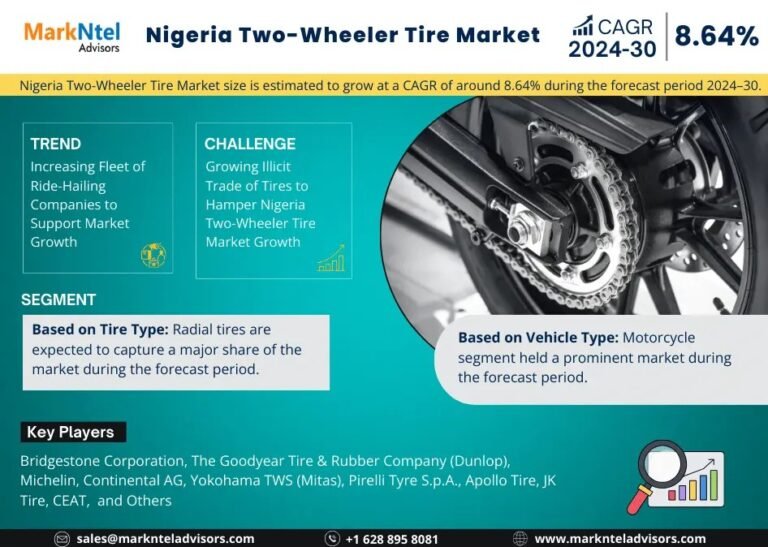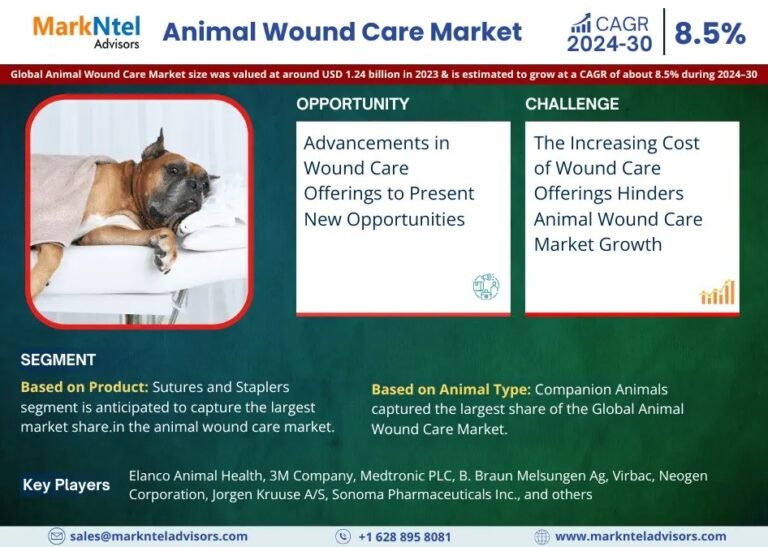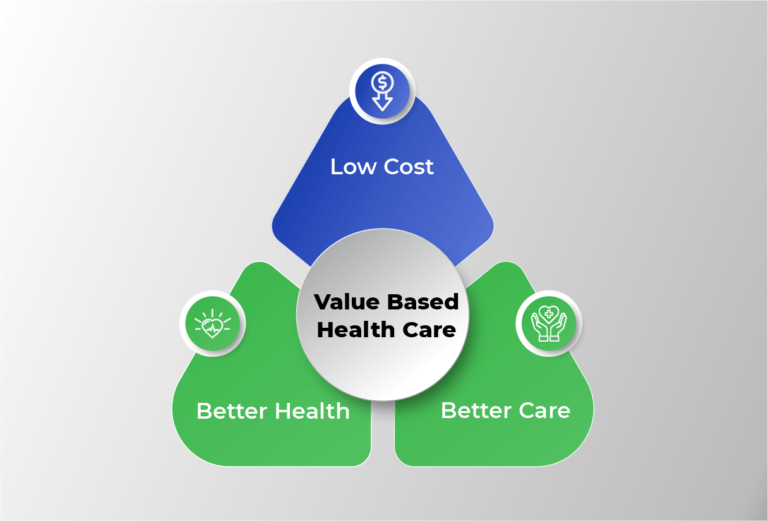As blockchain technology continues to mature, one of the most transformative use cases emerging is the tokenization of real-world assets (RWAs). This innovation bridges traditional finance with decentralized technologies, enabling physical and intangible assets—like real estate, commodities, equity, and collectibles—to be represented as digital tokens on a blockchain. The potential benefits include fractional ownership, improved liquidity, seamless cross-border transactions, and enhanced transparency.
Developing platforms for RWA tokenization requires a blend of regulatory awareness, blockchain engineering expertise, and a deep understanding of the assets being tokenized. This blog explores the core concepts, development stages, features, and strategic benefits of launching your own real world asset tokenization platform in 2025.
Understanding Real World Asset Tokenization
Real world asset tokenization refers to the process of creating digital tokens that represent ownership or rights over physical or off-chain assets. These tokens are backed 1:1 by the underlying asset and can be traded, transferred, or utilized across various blockchain ecosystems. For example, a commercial building can be tokenized into 1,000 digital units, allowing multiple investors to purchase fractional shares and receive corresponding returns.
The underlying premise of tokenization is that it brings real-world value into programmable finance systems. Each token carries metadata and smart contract logic that governs ownership rights, transfer rules, profit sharing, and compliance protocols. These tokens are typically built on blockchain networks such as Ethereum, Solana, or Polygon, using standards like ERC-20 or ERC-1400 for greater interoperability.
Key Industries Adopting RWA Tokenization
Several industries are actively embracing tokenization to unlock new revenue models, increase liquidity, and broaden access to investment. In real estate, tokenization is enabling fractional ownership of residential and commercial properties. The art and collectibles market uses tokenization to authenticate and fractionalize high-value items. Financial institutions tokenize equity, debt instruments, and government bonds to modernize settlement systems and attract new capital.
In supply chain and commodities, tokenization is being applied to represent ownership of physical goods like gold, oil, and agricultural products. Healthcare providers are exploring the tokenization of intellectual property rights for drugs and patents, while the energy sector is tokenizing renewable energy credits and carbon credits. These varied use cases highlight the versatility and scalability of tokenization platforms across verticals.
Core Components of RWA Tokenization Development
Launching a real world asset tokenization platform involves integrating multiple layers of blockchain infrastructure, legal compliance, and user experience design. At its foundation lies the smart contract framework that defines how tokens behave. These contracts handle minting, burning, transfer, and ownership logic, along with embedded compliance rules such as KYC/AML requirements and investor caps.
Another crucial component is the asset onboarding module. This involves digitalizing ownership records, verifying asset authenticity, conducting valuations, and issuing digital tokens that accurately reflect real-world ownership. The onboarding process also includes legal documentation, such as prospectuses, rights agreements, and custodial arrangements.
The platform’s front-end interface is designed to facilitate user interactions—enabling investors to browse available tokens, view asset details, complete KYC verification, and execute purchases. Meanwhile, a secure back-end handles wallet integration, token issuance, payment processing, investor management, and regulatory reporting.
Smart Contract Architecture and Standards
The smart contracts used in tokenization must support complex logic to ensure security, compliance, and auditability. Ethereum-based tokenization projects often rely on the ERC-20 standard for fungible tokens or the more specialized ERC-1400 standard for security tokens. ERC-1400 provides additional functionalities such as partitioning tokens for different rights, enforcing transfer restrictions, and logging off-chain documentation.
Token contracts must include programmable rules for dividend distribution, ownership transfer, whitelisting, and automated compliance. For instance, when a user attempts to buy tokens, the contract may first check whether they are KYC-verified, meet jurisdictional requirements, and are not exceeding investment limits. This ensures the token remains compliant throughout its lifecycle.
Security is also a major consideration. Token contracts are typically audited by third-party blockchain security firms to identify vulnerabilities and ensure integrity. Upgradable contract frameworks like OpenZeppelin’s proxy contracts can be implemented to allow future improvements without compromising existing token data.
Regulatory Compliance in Tokenization Development
No tokenization platform can succeed without a clear legal framework. Regulatory compliance differs by region, but in most cases, tokenized RWAs are considered securities and fall under existing financial regulations. This includes SEC regulations in the U.S., MiFID II in the EU, or sandbox regimes in countries like Singapore and the UAE.
Platforms must implement robust KYC/AML systems to verify the identity of users and prevent illicit transactions. They should also register offerings with the appropriate regulatory bodies or operate under exemptions such as Regulation D or Regulation A+ in the U.S. Custodial arrangements must be defined—either via third-party licensed custodians or through escrow-backed models.
Additionally, the platform must support ongoing compliance such as shareholder voting, profit distribution, and tax reporting. Smart contracts can automate many of these processes, but human oversight and legal support remain essential to navigate evolving regulations.
Tokenization Infrastructure and Network Selection
Choosing the right blockchain network is another key decision. Ethereum remains a popular choice due to its maturity, liquidity, and wide developer adoption. However, high gas fees can be a barrier for smaller investors. Layer-2 solutions like Arbitrum, zkSync, or Polygon offer lower fees while maintaining compatibility with Ethereum smart contracts.
Other chains like Avalanche, Solana, and Stellar provide alternative infrastructures with different trade-offs in scalability, security, and decentralization. The network selection also impacts the platform’s interoperability, wallet support, and integration with DeFi protocols. Developers must weigh these factors against their specific asset class and user base.
Additionally, oracles are required to connect blockchain tokens with real-world data. These can provide asset valuations, price feeds, or legal status updates to ensure tokens remain accurate and trustworthy. Chainlink is one of the most commonly used oracle services, offering decentralized data aggregation and custom oracle logic.
Platform Features and User Experience
To attract and retain users, tokenization platforms must prioritize usability. Investors expect intuitive dashboards, real-time asset data, secure wallets, and easy onboarding. A robust platform should allow users to sign up, complete identity verification, link payment methods (fiat or crypto), and purchase asset tokens seamlessly.
Features such as investor dashboards, performance tracking, yield projections, and legal document access help maintain transparency and trust. In-platform liquidity options, such as peer-to-peer trading or integration with decentralized exchanges (DEXs), can enhance user engagement by allowing secondary market trading.
Advanced features may include governance tools for voting, staking models for yield, and AI-driven asset recommendations. Integration with analytics platforms or DeFi lending protocols can also extend the functionality and offer additional revenue opportunities for users and platform operators.
Revenue Models and Monetization
Tokenization platforms can generate revenue through a variety of models. These include asset onboarding fees, transaction commissions, custody fees, and compliance service charges. Platforms may also charge issuers for token creation, smart contract deployment, or featured listings on their marketplace.
Secondary market fees offer another revenue stream. When users trade tokens, the platform can take a small percentage of the transaction volume. Additionally, value-added services like legal consulting, marketing support, or real-time asset valuation can be offered to issuers as premium services.
Some platforms adopt a hybrid approach—offering both self-service tokenization tools and full-service packages for enterprises looking to tokenize complex asset portfolios. Subscription tiers or revenue-sharing models can further enhance monetization.
Challenges and Strategic Considerations
Despite its promise, RWA tokenization faces several challenges. Legal uncertainty remains a barrier in some jurisdictions. Convincing traditional asset owners to adopt blockchain models can be difficult, especially when institutional trust and data transparency are involved. Custody solutions, insurance, and dispute resolution mechanisms must be built to reassure risk-averse investors.
Scalability is another concern, especially when tokenizing high-volume or high-frequency assets. Ensuring fast transaction finality, low costs, and secure infrastructure at scale requires deep technical expertise. Interoperability between chains and existing financial systems is also a major hurdle that developers must overcome through bridges, APIs, and compliance oracles.
Nevertheless, by addressing these concerns with thoughtful development, strong partnerships, and robust compliance, tokenization platforms can position themselves at the forefront of the next wave in digital finance.
Conclusion
Real world asset tokenization is no longer a theoretical concept—it is rapidly becoming a foundational pillar of modern finance. By combining blockchain infrastructure with regulatory compliance and investor-centric design, businesses can unlock unprecedented liquidity, transparency, and inclusivity across asset classes.
Building a tokenization platform in 2025 offers a unique opportunity to capitalize on this shift. Whether you’re targeting real estate, equities, art, or commodities, the key lies in strategic development: secure smart contracts, legal readiness, seamless UX, and scalable architecture. As global markets continue to embrace tokenized finance, early adopters of RWA platforms will be well-positioned to redefine how the world invests in value.





